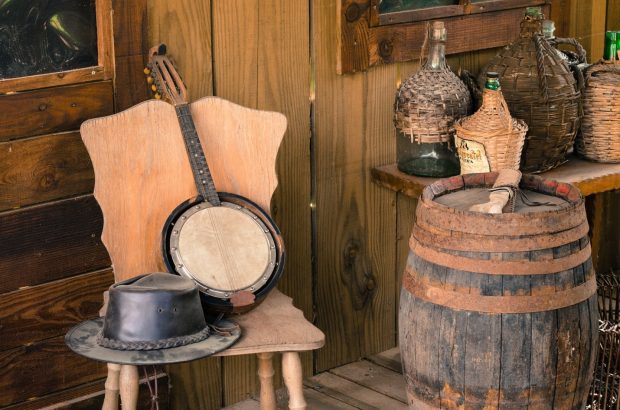Banjo players will readily agree that it’s one of the fascinating musical instruments, and learning to play it – and play it well – is a definite challenge. But it’s a challenge that’s worthwhile, as mastering a latin percussion instrument is an achievement. But many will also say that learning to play the banjo is easier than learning to play the guitar, so these are encouraging words for those just starting on their banjo-playing journey. But if you’re interested in learning it, it also pays to find out as much as you can about it – including the various types, as there is more than one from which you could choose to learn. Here, then, is your complete guide to banjos – and the different types available.

The two main kinds and various criteria
In essence, there are only two main kinds of banjos: the resonator banjo and the open-back banjo. There are some other factors too, such as the number of banjo strings, the length of the neck, the material, the sound quality.
Open back and resonator
The resonator is a bowl-like structure that is attached to the back of the banjo drum or body. An open-back banjo is exactly what it sounds like – it has no resonator on the back of the pot. The resonator banjo is louder and generally used for Bluegrass; the open back is quieter and usually used for Old-Time playing. The resonator banjo is heavier too, so you may want to consider the open back even if you want to play Bluegrass.
The strings
For beginners, a four-string banjo would be a good choice, and these four-string banjos are further divided into two kinds: the plectrum and the tenor. One distinct benefit of going for the four-string one is the vairety of tunings you can use with it. For example, you can tune it like a ukelele or guitar (DGBE). You could also tune it like a violine, mandolin or cello, for example CGDA for Jazz, GDAE for Irish style.
Six-string banjos are tuned and played exactly like a guitar, so that’s a great option if you can already play. The most popular type is the five-string banjo, and it’s more versatile as you can produce music in various genres. The five-string instrument is the ideal choice for beginners. No matter what type of banjo you play, it’s important to learn about banjo tuning with an electronic tuner. The five-string banjo pattern is different from the others because the strings are not all the same length. There are four long string normally tuned to DGBD and shorter fifth string tuned to a high G. The 5th string is often the thumb string or drone.
The 12-string banjo is quite rare, but it produces a light sound that’s also quite delightful. There is also the tenor banjo, which is also popular and used mainly by traditional Irish artists with its short scale. It has a neck of approximately 17 – 19 frets. On the other hand, the plectrum banjo is similar to the tenor, with the only difference being that plectrum banjos are equipped with a longer neck. Most of those who love Dixieland music prefer playing the plectrum banjo.
You can also choose a hybrid banjo like the banjolele, which is – you guessed it – a mix of the banjo and the ukulele. It’s pretty small and lightweight, making it easy to transport and easy to learn.
Read More:
Music through light: double bass instrumentalist Lauren Pierce

